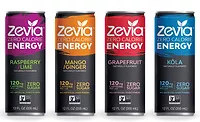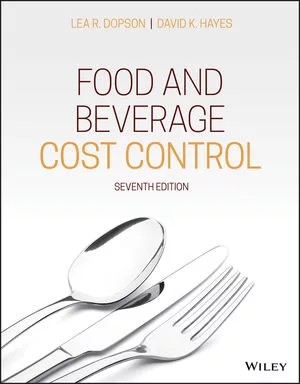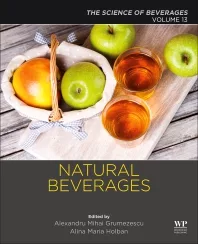Despite formulation, cost challenges, natural colors on the rise
Artificial colors still utilized in beverage formulations
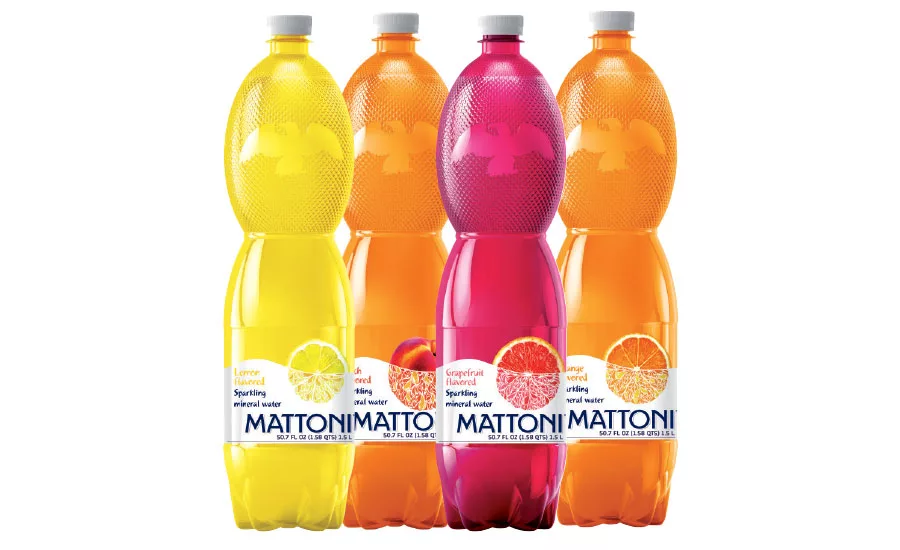
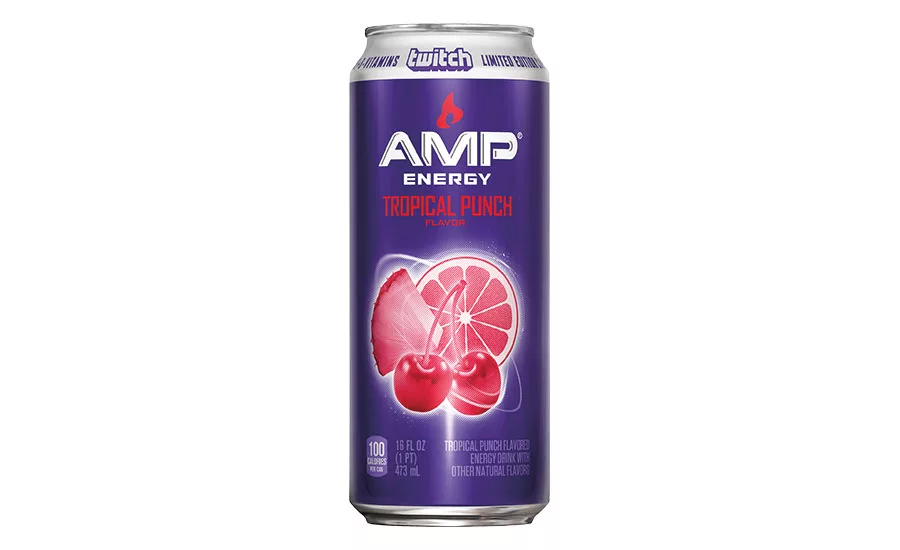
With a growing interest in getting back to nature, consumer demand for natural ingredients has flourished. As beverage-makers formulate new products, more now are choosing natural colors to appeal to this consumer desire.
“Consumers eat with their eyes first, so color is critical to flavor perception. The right level of brightness and authenticity of color is very important to the overall consumer experience, so color is an essential component in beverage formulations,” says Mukul Juneja, director of marketing for colors at Decatur, Ill.-based Archer Daniels Midland Co.’s (ADM) Wild Flavors and Specialty Ingredients business unit. “The predominant trend in coloring beverages right now is the move toward colors derived from natural sources. The natural colors market is growing much faster than the demand for artificial colors.”
Natural challenges
Although natural color solutions offer consumer appeal, they also can incorporate a unique set of challenges into a formulation. “Working with natural colors allows beverage brands to be aligned to what consumers are asking for; they are robust and appealing solutions that add value to a brand,” says Eric Jouenne, global technical industry manager of beverage at Chr. Hansen Inc., Milwaukee. “The challenge is to reduce the cost in use while increasing the stability in certain media.”
Nathalie Pauleau, global category manager of natural colors for Naturex Inc., South Hackensack, N.J., also notes that beverage-makers should use a different perspective when working with natural color solutions. “Labels are increasingly scrutinized, with consumers not just looking for recognizable ingredients, but also for organic ingredients, less sugar, new health claims, etc. These trends mean that the question of color has to be approached from a more global perspective,” she explains.
Stephen Lauro, president of Anaheim, Calif.-based colorMaker Inc., says that many considerations must be made when using natural colors in beverage formulations, and that the decision to use natural colors should be determined at the beginning of the research and development (R&D) process.
“Natural colors must be considered first, before flavors, packaging and distribution, because the selection of a natural color will impact the choice of flavor, package and even distribution,” he explains. “Natural colors can and do deliver visual appeal to beverages. However, natural colors may be sensitive to pH, heat processing and light. As a result, beverage developers must be careful to select natural colors that will be compatible with the beverage’s flavor-system (low pH or neutral pH), packaging (clear bottle versus opaque carton), and heat processing (hot-fill-and-hold, [high-temperature-short-time] HTST, or [ultra-high-temperature] UHT).”
Campbell Barnum, vice president of branding and market development at D.D. Williamson and Co. (DDW), Louisville, Ky., also emphasizes how natural colors can impact beverage formulation. “[N]atural colors offer healthy ingredients sourced from familiar products to address this growing consumer trend; however, natural colors require increased technical expertise since some colors are more heat and light stable than others, and, often, a blend of natural colors offers the best stability,” he says. “It’s best to work directly with the customer’s beverage base to determine the most stable color solution.”
Jeff Greaves, president of Food Ingredient Solutions (FIS), Teterboro, N.J., also notes that natural colors can be more sensitive in certain applications. Natural colors are more sensitive to ascorbic acid and vitamins than synthetic colors and also can differ in shade, strength and stability depending on the pH, he says.
Chr. Hansen’s Jouenne adds that areas of enhanced and fortified beverages are another application in which natural colors struggle. “Each functional ingredient behaves differently in the system, and their interactions can be erratic,” he says. “Formulators must evaluate in real-time shelf life studies [that demonstrate] how these ingredients impact color stability.”
According to ADM/Wild Flavors’ Juneja, new beverages featuring natural colors are outpacing those with synthetic colors. However, he notes that beverage-makers also must take certain regulatory issues into account when utilizing natural ingredients. “Product developers have to also consider the regulatory constraints in North America when formulating with naturally derived colors,” he says. “For example, safflower is an approved stable yellow color in Europe but is not yet approved for use in the U.S.”
Also a concern when using naturally derived colors is the term “natural,” according to Naturex’s Pauleau. “With the shift to colors from botanical or plant sources, the lack of standards around the term ‘natural’ can be unnerving for food manufacturers, especially with food recalls at an all-time high,” she says.
Despite the formulation obstacles, natural colors are providing beverage-makers with solutions that appeal to the consumer trend toward authenticity and transparency, says Brian Sethness, sales and marketing manager at Sethness Products Co., Skokie, Ill. When consumers read the label, they are looking for ingredients that they understand, he adds.
Christian Steffensen, marketing manager of North America at Chr. Hansen, echoes similar sentiments. “Our latest consumer research (Thought for Food), in which we reached out to more than 1,200 moms across the U.S., clearly indicates an era of pronounceable ingredients and clean labels; consumers are actively trying to avoid ingredients [that] they don’t understand. For the modern consumer, natural ingredients are synonymous to a high quality of life.”
Natural and organic color solutions can provide an array of colors and hues, says Emina Goodman, technical support manager for beverage and dairy at Sensient Food Colors, St. Louis. “What I love most about natural colors is their abundancy; nature provides us [with] such a wide variety of botanical sources to develop color solutions in great shade ranges,” she says. “Especially when certain colors are made from blends, nature gives us the building blocks to beautiful colors, and technical advancements like our SupraRed solution are closing the gap in cost between naturals and synthetics.”
However, she notes that there are some colors that haven’t been achievable using a natural solution — most notably a replacement for FD&C Blue 1.
Making the transition
As more new products launch with clean labels, experts note that many existing beverage brands are announcing or implementing transitions to natural colors. “The bulk of the market in the U.S. is still for synthetic colors, though it is changing,” FIS’ Greaves says. “More and more companies are switching or announcing their intention to switch to natural colors.”
Steffensen also notes this trend. “At Chr. Hansen, we have seen the interest for natural colorants increase steadily for years — moving from smaller, niche type brands to mainstream market leaders publicly announcing ambitious strategies around ingredients including natural colors.”
However, as a result of the challenges posed by natural color solutions, brands that are transitioning might experience their own set of obstacles when attempting to keep their products synonymous with the original, synthetically colored version, experts say.
“There are two main challenges for existing products when switching to natural: preserving the visual and flavor aspects that consumers already love, and cost,” Naturex’s Pauleau explains. “Synthetics are highly concentrated and can be cheaply and rapidly reproduced by the vat full. Naturals are finite and have a longer production chain, from cultivation to processing, and are impacted by availability, quality and fluctuating prices — so [they] are, naturally, more expensive. But the advantages far outweigh the cost. Natural colors offer the possibility to create healthier, more creative and innovative food. It means giving the modern consumer the opportunity to return to nature without compromising on fun or convenience.
“Color and flavor go hand-in-hand with one boosting or detracting from the perception of the other,” she continues. “Consumers are looking for products that boast a clean ‘all natural flavors and colors’ label, but they don’t always realize that color intensity, flavor, aroma, texture and shelf life may change in the shift from synthetic to natural colors and flavors. Food procures pleasure and emotion, so even marginal changes to color or flavor may impact appeal.”
Staying synthetic
Despite increased interest in natural and organic coloring solutions, artificial colors still are used for many beverage applications. “Beverage manufacturers continue to use artificial colors despite the consumer trend toward natural colors,” colorMaker’s Lauro says. “Artificial colors continue to provide beverages with a maximum shelf-life.”
He says that synthetic colors can be selected at the end of the R&D process because they have little to no effect on the formulation process, unlike natural colors.
Additionally, many synthetic colors also are certified by the U.S. Food and Drug Administration’s Food, Drug and Cosmetic Act (FD&C). Sensient’s Goodman notes that the FD&C certification also is a benefit of working with synthetic flavors. “Another benefit to working with artificial colors is the FDA’s certification process that assures all FD&C color additives are safely and appropriately used,” she says.
DDW’s Barnum says that FD&C-certified synthetic colors have superior light, temperature and pH stability in beverage formulations. “However, some are susceptible to degradation in the presence of vitamin C, like Red 40 and Yellow 5 and 6. Red 40 fades in dairy products, whereas naturally derived red beet color maintains a pink hue,” he says.
FIS’ Greaves adds that synthetic colors are able to provide bright, vibrant colors.
However, Sensient’s Goodman highlights the fact that consumers are increasingly growing aware of artificial ingredients. “Consumers are more aware of artificial colors these days, especially after big conversion announcements from major brands. Reformulations without artificial colors heighten consumers’ awareness of certain ingredients like color additives,” she says.
Whether artificial or natural/organic, color remains an important aspect of all beverage formulations. “Color tells consumers what flavor to expect,” Greaves says. “It also identifies the product. If it is distinct, the customer will be more able to recognize it in the future.”
Lauro adds: “We say, ‘If it looks good, you will drink it; if it tastes good, you will drink it again.’ That is to say, product color sets the stage for flavor anticipation.” BI
Looking for a reprint of this article?
From high-res PDFs to custom plaques, order your copy today!



